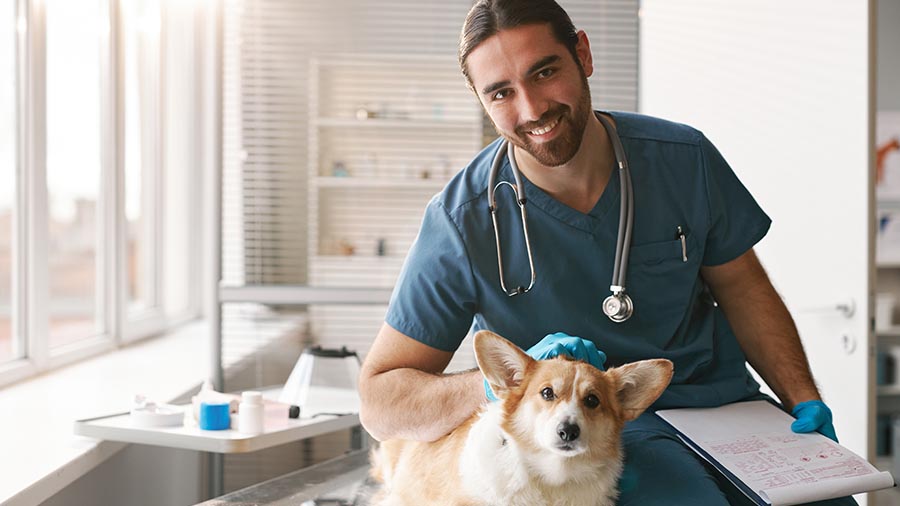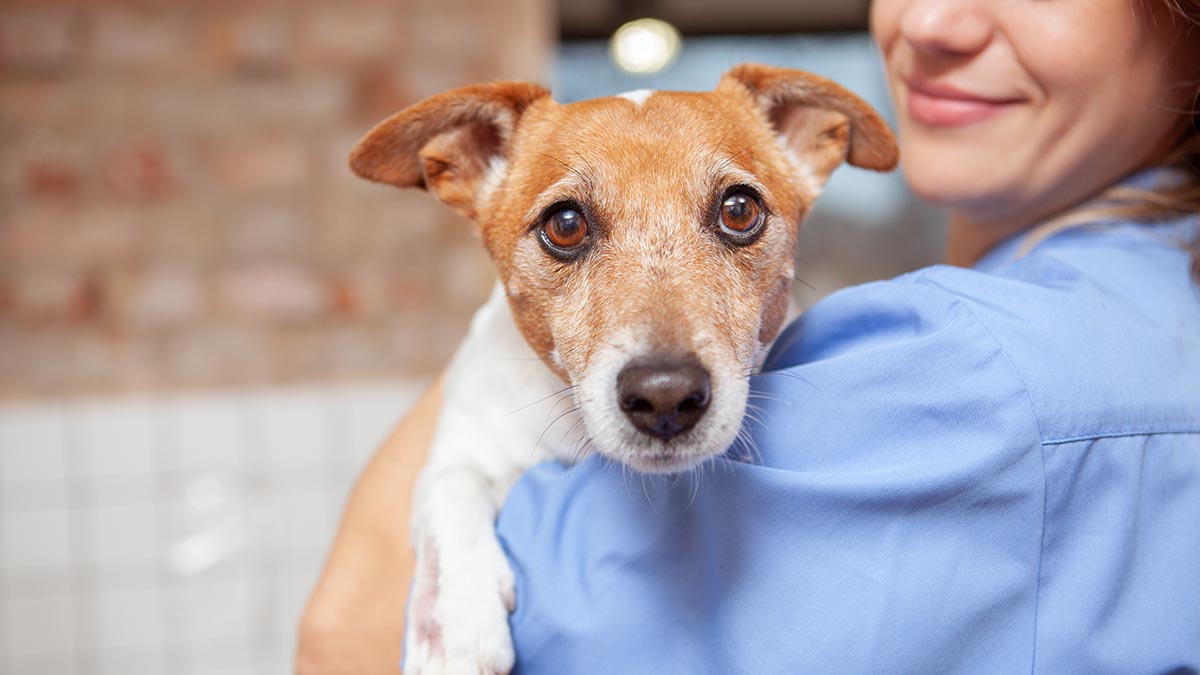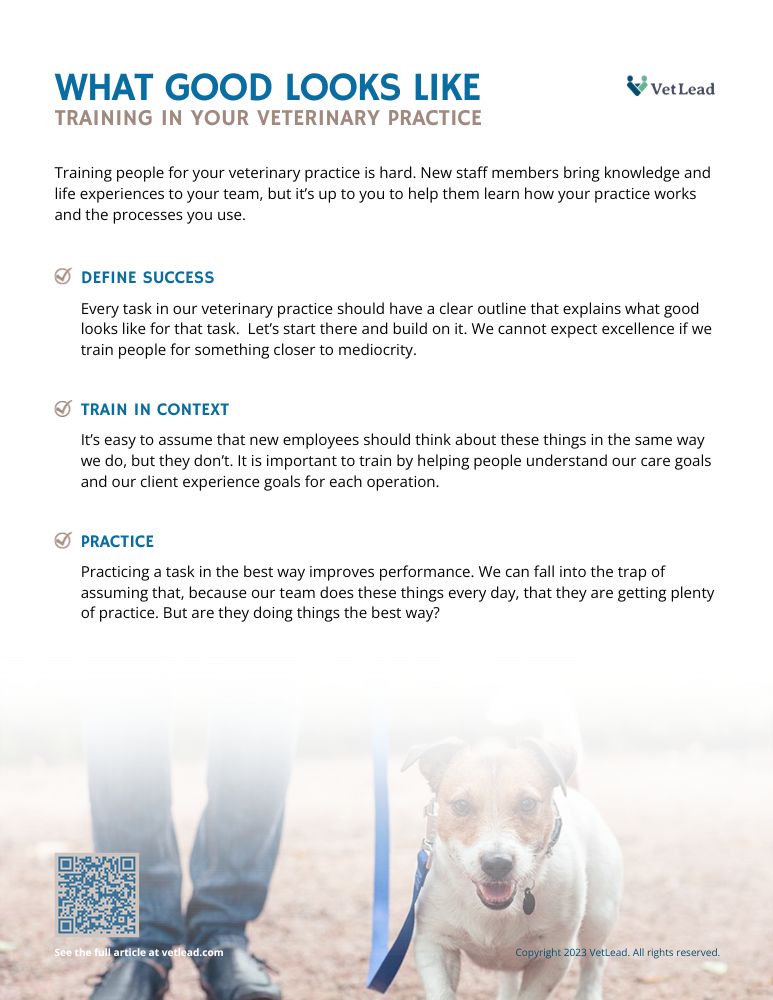Check out the recording of our latest live event, Get better performance in your practice.
Training people for your veterinary practice is hard. If you’re a practice manager, owner, or someone in charge of training at your hospital, you already know this. New staff members bring knowledge and life experiences to your team, but it’s up to you to help them learn how your practice works and the processes you use. Things like how your team communicates, what your clients are used to, and the care your hospital wants to be known for all are important for your new employee.
Training Doesn't Have to Feel Overwhelming
The sheer quantity of information you need to convey can feel overwhelming. There’s also the urgency you feel about needing them to be good now, not six months from now, but right now. You hired a person to help you because you were short-staffed. Having to cope with limited staffing while adding the additional workload associated with training a new person can just add to the stress.
The training process doesn’t have to feel this way. In fact, training can be a methodical system you install and execute to help new people progress consistently and effectively. A thoughtful training program allows new employees to add more value every day. And, your process will help you train faster, and with less repetition. In six months or less, your veterinary practice can be a model for effective training.
How to Create an Effective Training Process
You can improve the quality of the work you do at the same time. Here’s how:
Define Success

Every task or operation we engage in can be completed in a number of ways. Think about tasks like the check-in process, taking a history, or handling a client question; all of these probably have a significant amount of variation in how they are done throughout the day, and that’s okay.
People should be able to consistently evolve and improve tasks to get them done more effectively or efficiently. But we can’t teach 3 or five or eight ways of doing something and expect employees to learn quickly or effectively. Employees can add their own spin to things that they’re already proficient at, but not processes where they are still developing competence.
Start With Clarity
We don’t see staff members mastering the art of dealing with an aggressive animal if they can’t safely restrain a docile lab. Learning happens when people put patterns from their own successful experience together to form new and better mental maps for themselves on how to execute a task. If they haven’t already developed a successful pattern for doing a job, they are not effective at evolving that pattern.
Every operation in our veterinary practice should have a clear outline that explains what good looks like for that task. Let’s start there and build on it. If we don’t know what good looks like, we will train people based on how it’s always been done. And this way may or may not represent us at our best. We cannot expect excellence if we train people for something closer to mediocrity.
Train in Context
We often train based on individual skills - putting information into a system, placing a catheter, cleaning a room, handling a client question, or filling medications. Then, we work to put these skills together to execute longer processes associated with our work.

Test Drive a VetLead Membership for Free
Try a 7-day free trial, then keep it for just $39 per month after.
This presents a significant challenge for two reasons. First, it means that until someone has learned all the skills, it’s tough for them to be valuable because they can’t execute a process fully. Second, skills learned out of context don’t stick with us very well at all.
Support Understanding Over Memorization
When we train in veterinary practices we teach stuff out of context all the time. We teach people to check clients in without the context of the client experience we want to create, or how to clean a cage without the context of disease prevention or pet safety. We teach people how to place a catheter without the context of animal stress or quality of care.
It’s easy to assume that new employees should think about these things in the same way we do, but they don’t. It is important to train by helping people understand our care goals and our client experience goals for each operation. This way, we actually support understanding, not task memorization. Our goal is for them to perform at a high level, not just know the answers to the test. We have to train in a way that actually helps us accomplish that.
Practice
If you look at how training happens in many veterinary clinics, it has no connection to how humans actually improve performance. We get better through consistently repeating the right way of doing things with quality coaching and support along the way. That’s called practice and it is incredibly effective at improving human performance.

When is the last time we had our team practice handling a client complaint, greeting a client, safely and effectively restraining an animal, taking a history in a way that engages the client, or fill a medication to completely ensure accuracy? We can fall into the trap of assuming that, because our team does these things every day, that they are getting plenty of practice.
Improving Performance - The Best Way
Remember, practicing a task in the best way improves performance. What we might be doing is practicing the rushed way or the convenient way or the less accurate way of doing these things. And we might be practicing those things in an improper way over and over every day.
We cannot expect a team to get better like that. We also cannot expect more instructions to help unless they actually practice using them. So telling them over and over should not be thought of as a method for helping them improve. That is just an example of us practicing the wrong thing as a manager or leader.

Download this accompanying PDF Now
Share it with leaders and teams. No email address required.
What's training like in your practice? Share it with other veterinary pros in the comments section below.